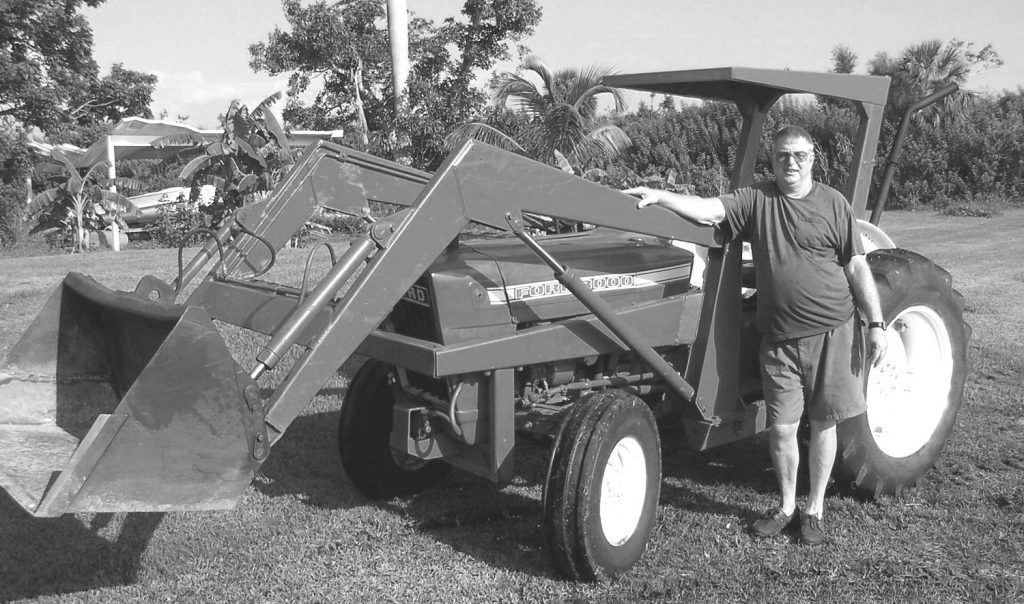To get a good visual image of how your contributions to the RRC are used, all you have to do is visit the Calusa Heritage Trail.

Thanks to operating funds made possible by donations from Friends of the RRC as well as site visitors, we are now well on the way to having the proper equipment to maintain and control the growth along the trail with a 48-inch riding mower, a weed eater, and a leaf blower. Even with this equipment, the 35-acre public portion of the Pineland site needs constant attention (especially in rainy season), and the equipment itself has to be maintained, not to mention the price of fuel these days.
The results speak for themselves. The Trail is coming along beautifully. Terry Pierce, who volunteers 40 hours a week, has been my right hand man in getting to where we are today, and with his assistance we have refurbished our good-as-new 1965 Ford 3000 tractor. With a little love and care, it will be around another forty years. The equipment we have is generally residential equipment, which we use to cover a commercial-sized area, causing great strain on what we have. Just as an example, we have had our riding lawn- mower for just over six months and already have over 230 hours on the machine. You would have to mow your yard every weekend for two years to come to 230 hours, and we’ve done it in six months. Equipment maintenance alone is a major task, but we’ve found that by learning the seasonal rhythms of the site and its vegetation, we can work together with nature at our wetland paradise in a way that commercial lawn services simply can’t imitate.
The contributions of the Friends of the RRC have gotten us a long way, and we appreciate it greatly. Without your support, along with our endowment, grants, and visitorship, we would not have the wonderful trail that we have today. So come out to the trail to catch a sunset and enjoy the fresh Gulf air, and enjoy the fruits of your support. Thank you for helping ensure the future of the Calusa Heritage Trail and the Randell Research Center.
This article was taken from the Friends of the Randell Research Center Newsletter Vol 4, No. 3. September 2005.